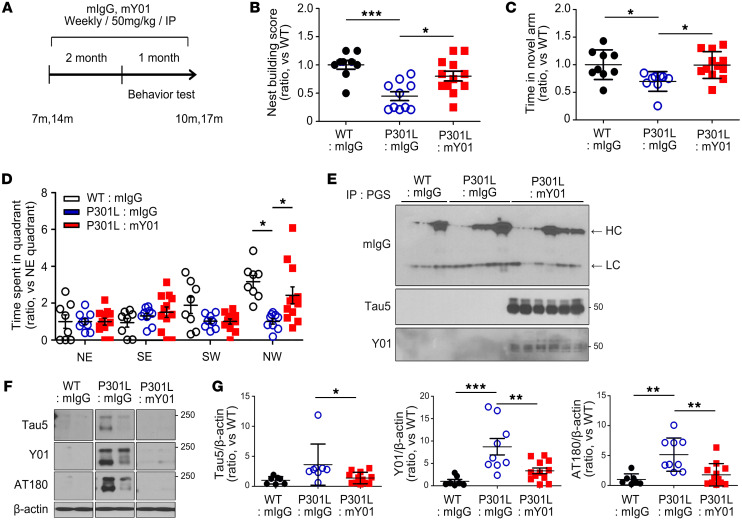Figure 5. Amelioration of cognitive deficits and pathology by i.p. injection of Y01.
(A) Schematic diagram of the passive immunization experimental design (age 7 or 14 months). (B–D) After weekly injections of control mouse IgG or mouse Y01 during 2 months, behavioral tests were performed during the next 1 month of weekly injections. (B) Nest building test. (C) Y maze. (D) Morris water maze. Ages 7 and 14 months; WT + IgG, n = 9; tau-P301L + IgG, n = 10; tau-P301L + Y01, n = 12. NE, SE, SW, and NW indicate northeast, southeast, southwest, and northwest quadrants. Target quadrant: NW. (E) Representative immunoblots of mouse IgG, Tau5, and mouse Y01 proteins coimmunoprecipitated with the protein G–Sepharose (PGS) from the IgG- or Y01-injected mouse cortex. HC arrow, heavy chain; LC arrow, light chain. Age 7 months; WT + mIgG, n = 3; tau-P301L + mIgG, n = 5; tau-P301L + mY01, n = 6. (F) Representative semidenatured immunoblots of Tau5, Y01, and AT180 protein levels. The lanes were run on the same gel but were noncontiguous. Age 14 months; WT + mIgG, n = 4; tau-P301L + mIgG, n = 4; tau-P301L + mY01, n = 6. (G) Quantification of Tau5, Y01, and AT180 protein levels normalized to β-actin. Ages 7 and 14 months; WT + mIgG, n = 7; tau-P301L + mIgG, n = 9; tau-P301L + mY01, n = 12. Statistical analysis was performed by 1-way ANOVA followed by Tukey’s multiple-comparison test. *P < 0.05, **P < 0.01, ***P < 0.001. The error bars represent the SEM.

